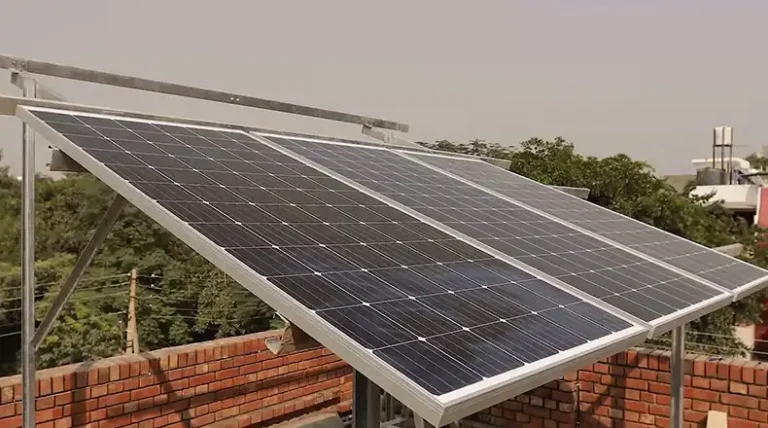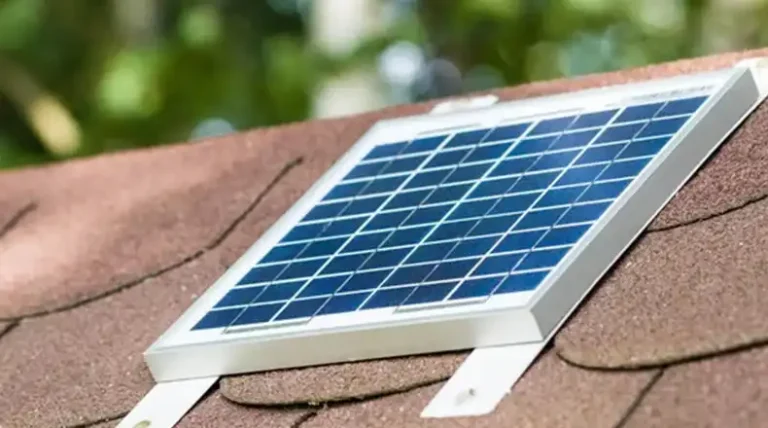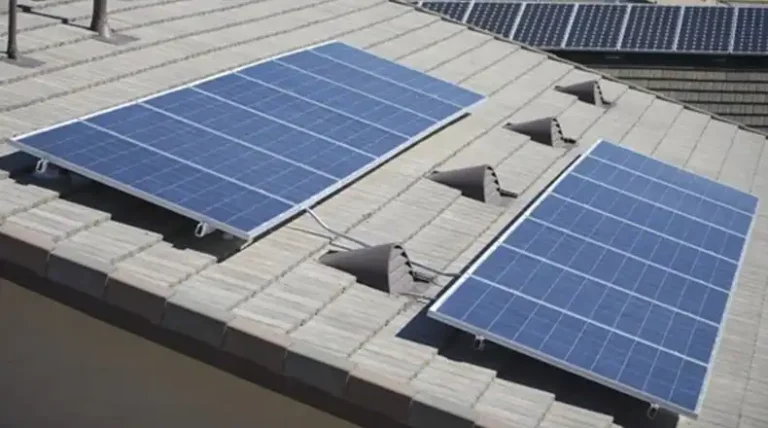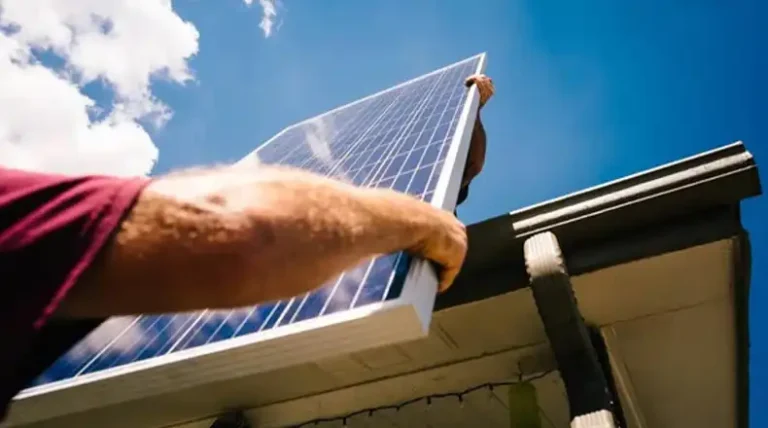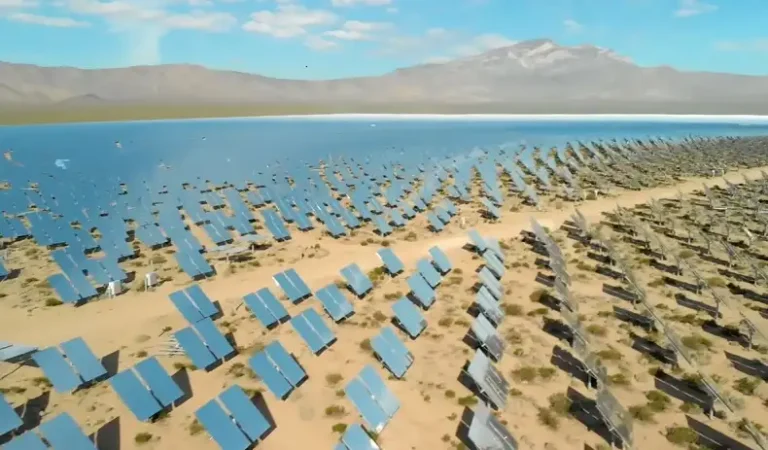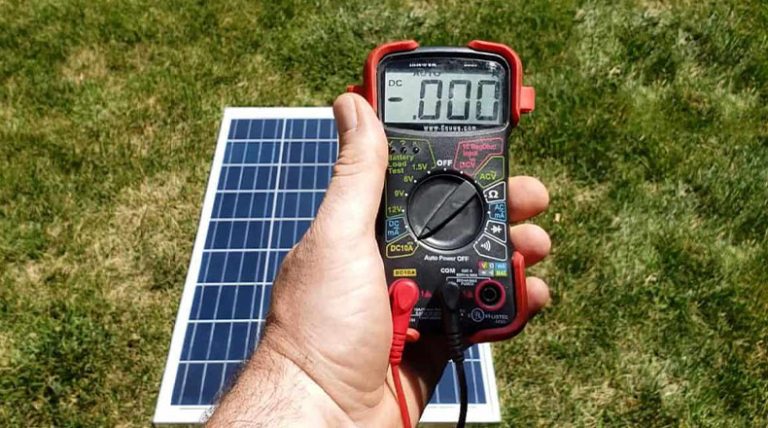What Can I Power with a 25-Watt Solar Panel? Everything You Need to Know
Solar panels have transformed our approach to energy, making it feasible for individuals to harness the sun’s power for daily needs. A common query arises: for those with a modest 25-watt solar panel, what devices or applications can they realistically power?
A 25-watt solar panel, under optimal conditions, can generate approximately 25 watt-hours of energy every sunny hour.
This might seem limited in the realm of household appliances. However, a plethora of smaller devices and applications can benefit from this energy source. Let’s delve into the potential uses of a 25-watt solar panel.
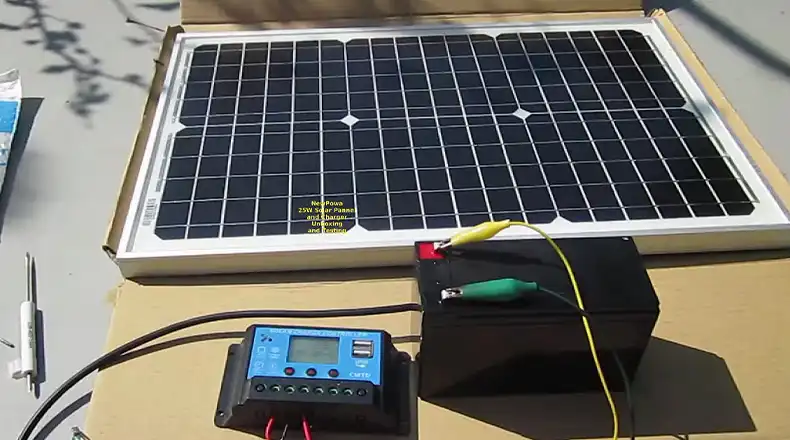
What Devices That Can I Powered with a 25-Watt Solar Panel
Let’s explore what can be powered with this power.
A. Small Electronics
1. Smartphones and Tablets
- Energy Consumption: Most smartphones require 2 to 6 watts for charging. Thus, a 25-watt panel can effectively charge these devices. Tablets, consuming about 10 to 15 watts, can also be powered, though charging might be slower.
2. Portable Radios and Music Players
- Tunes under the Sun: Devices like portable radios or MP3 players, which generally consume between 1 to 3 watts, can easily be powered or charged by our panel.
3. LED Lights
- Efficient Illumination: Low-power LED bulbs, ideal for camping or outdoor settings, consume around 1 to 3 watts, making them perfect candidates for a 25-watt panel.
B. Outdoor Applications
4. Garden Lights
- Night-time Aesthetics: Solar-powered LED garden lights, which usually require minimal power, can be charged during the day and illuminated at night.
5. Water Fountains
- Peaceful Ambiance: Small solar-powered water fountains or pumps, which often consume between 5 to 10 watts, can run smoothly on a sunny day with a 25-watt panel.
6. Battery Charging
- Storing Sunlight: The panel can charge small 12V batteries, which can later provide power to various devices when the sun isn’t shining.
How Many Amps Does A 25-Watt Solar Panel Produce?
Understanding the current (in amps) a solar panel can produce is essential, especially when considering battery charging or running specific devices.
But before that, let’s review the specifications of a typical 25-watt solar panel:
| Electrical Specs | Acopower 25-watt polycrystalline module | ECO-WORTHY 25W Solar Panel | SunJack 25 Watt Monocrystalline Solar Panel | MOOLSUN 25W Solar Panel Power | SunJack 25-Watt Monocrystalline Solar Panel |
| Maximum Power | 25 W | 25 W | 25 W | 25 W | 25 W |
| Maximum System Voltage | 18 V | 18 V | Two 5V/2A USB-A ports | 18 V | 18 V |
| Open-Circuit Voltage | 22V | 22.4V | N/A | 21.6V | N/A |
| Optimum Operating Voltage | 17.5V | 12V | 5V | 5.5A | 12V |
| Optimum Operating Current | 1.43A | 1.11A | 2 X 2A | 3A | 1.11A |
| Short-Circuit Current | 1.54A | 1.4A | N/A | N/A | N/A |
Here are the mechanical specifications:
| Mechanical Specs | Acopower 25-watt polycrystalline module | ECO-WORTHY 25W Solar Panel | Top solar 20W solar panel | MOOLSUN 25W Solar Panel Power | Topsolar 20W solar panel |
| Weight | 7.05 lbs | 4.54 lbs | 3.0 lbs | 5.84 lbs | 4.8 lbs |
| Dimensions | 20.1 x 14.2 x 0.8 in | 16.5 x 12.6 x 0.67 in | 24.5 x 12.5 x 1 in | 25 x 13.78 x 1 in | 17.13 x 13.86 x 2.32 in |
| Material | Polycrystalline | Monocrystalline | Monocrystalline | Monocrystalline | Monocrystalline |
| Flexibility | Non-Flexible | Non-Flexible | Foldable | Non-Flexible | Flexible |
| Warranty | 5 year warranty | N/A | 1 year warranty | N/A | N/A |
Okay now let’s do the calculation.
Calculation Basics:
To determine the amps, one uses the formula:
Amps (A)=Watts (W)Volts (V)
Assumptions:
- Standard Voltage: Most solar panels, especially smaller ones, operate around a nominal voltage of 12V.
Using the formula with our 25-watt panel,
Amps=25W12V
Amps=2.08A
Thus, under optimal conditions, a 25-watt solar panel can produce just a little over 2 amps of current at 12 volts.
Limitations and Considerations for 25-Watt Solar Panel
Every technological asset comes with its unique set of challenges and constraints, and 25-watt solar panels are no exception. While they offer numerous advantages in terms of portability and sustainability, it’s vital to be aware of their limitations to set realistic expectations and ensure optimal use.
- Sunlight Dependency: Efficiency varies with sunlight intensity and duration.
- Energy Storage: Without a battery, power usage is restricted to daylight hours.
- Limited Power Capacity: Suited mainly for smaller devices, not major appliances.
- Degradation Over Time: Panels gradually lose efficiency over years of use.
- Physical Size vs. Output: Panel size doesn’t always correlate directly with power output.
- Temperature Effects: Extreme temperatures can impact panel efficiency.
In Retrospect
A 25-watt solar panel, though modest in capacity, holds the promise of powering a range of small devices and applications. It’s a testament to the potential of renewable energy, even on a smaller scale. Whether you’re on a camping trip, looking to beautify your garden, or simply aiming for a greener lifestyle, such panels can be a valuable asset.
People Often Want to Know
- Can I run a laptop on a 25-watt solar panel?
Typically, laptops consume between 30 to 60 watts. So, directly powering a laptop might be challenging. However, the panel can contribute to charging a battery, which can later provide power.
- How long does it take to charge a smartphone using this panel?
Depending on the phone’s battery capacity and the solar panel’s efficiency, it might take 2 to 4 hours under direct sunlight.
- Are there ways to boost the panel’s efficiency?
Keeping the panel clean, ensuring it’s angled directly at the sun, and using efficient charge controllers can enhance performance.
- Can the panel power household appliances?
Major appliances like refrigerators or washing machines require far more power. A 25-watt panel is more suited for smaller devices.

